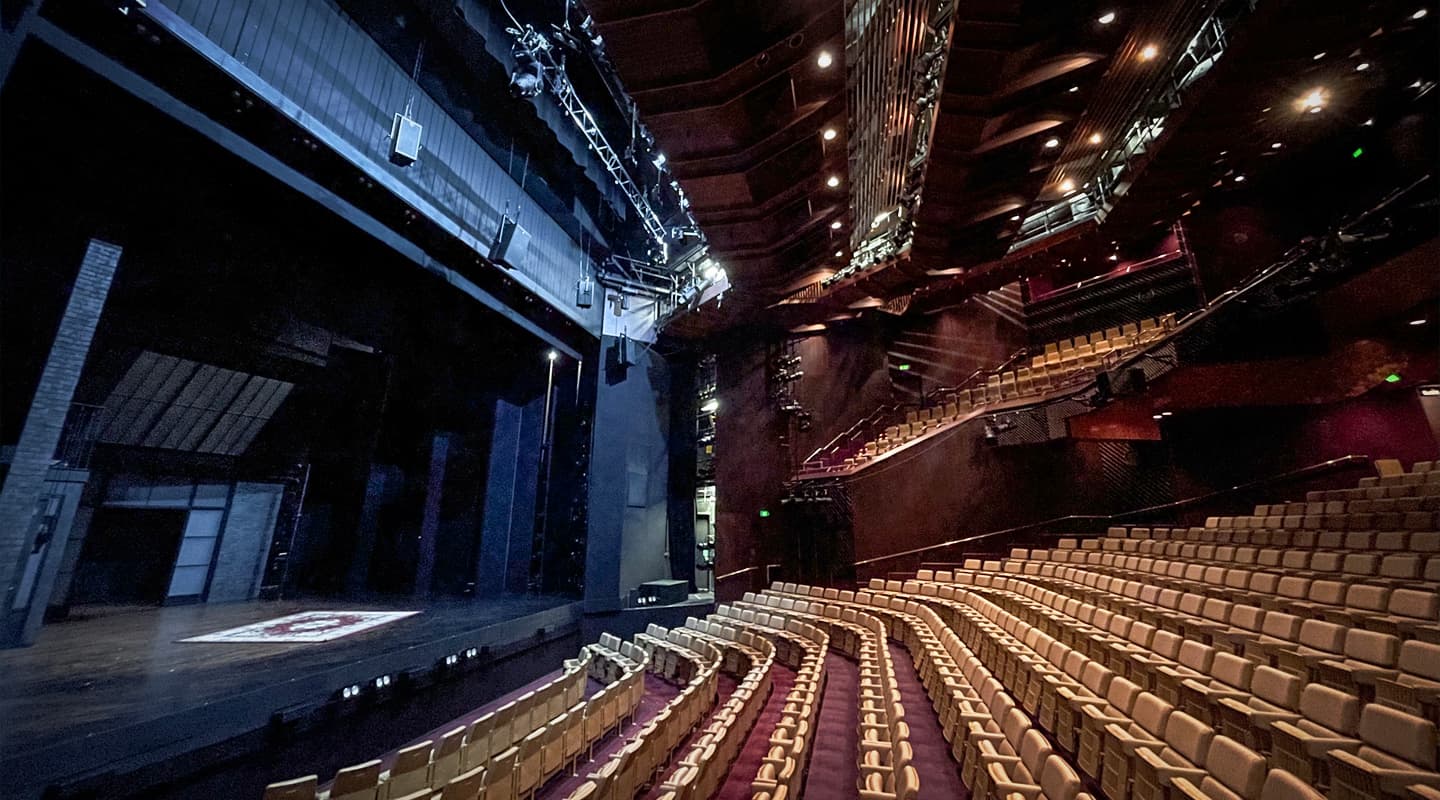
Play Maker
Arts Centre Melbourne invests in a Meyer Sound point source generational audio upgrade for its Playhouse Theatre. While a Galaxy processor upgrade unleashes the power of a legacy effects loudspeaker system.
Text:/ Christopher Holder
The Phantom of the Opera would be proud. The Playhouse Theatre in the Arts Centre Melbourne has its own ghostly premonition, only of the ‘sound design kind’. Back in the early 1980s when the Arts Centre finished being constructed, the Playhouse Theatre had dozens of surround speakers installed into the space. The dual-concentric Altec drivers were neatly flush mounted into the walls and ceilings, with each speaker’s cable terminating in a specially designed patch panel in the bio booth. The first performance in the Playhouse theatre occurred May 1984. There’s no record of whether Melbourne Theatre Company’s staging of ‘Medea’ made use of the surround speakers, but their inclusion in the theatre design seems remarkably prescient, after all, audio effects through amplified loudspeaker systems weren’t unheard of back then but they were pretty darn exotic. And, at the risk of stating the bleeding obvious, immersive audio and dynamic surround panning were years away, notwithstanding the best efforts of Pink Floyd and other visionaries. One wonders what the theatre consultant of the day would think of how those speakers are being used in 2022… One thing’s for sure, when Meyer Sound’s Spacemap Go spatial audio mapping system met the 40-year-old phalanx of surround speakers, it was love at first sight!
UPGRADE FACTORS
Reinvigorating the Playhouse Theatre’s archaic surround/effects loudspeaker installation is fascinating news but a full Meyer Sound audio upgrade steals the real headlines. The new complement of loudspeaker systems replaced the old Meyer Sound system that had served the theatre well for 20+ years. You might think at this point that it’s an open and shut case of a rusted-on Meyer venue ticking the boxes to ensure a seamless Meyer succession plan but the Arts Centre Melbourne staff were keen to do their due diligence.
“We had some excellent designs submitted by competing vendors,” according to Manager, Sound & Vision, Nick Walker. “But there were a few factors that predicated a Meyer Sound design.
“The key constraint: we couldn’t do any modifications to the venue — no drilling, no cut-outs, nothing. There were other providers that proposed some fantastic options, but there would be no way we could get them installed without extra engineering and load points being built.”
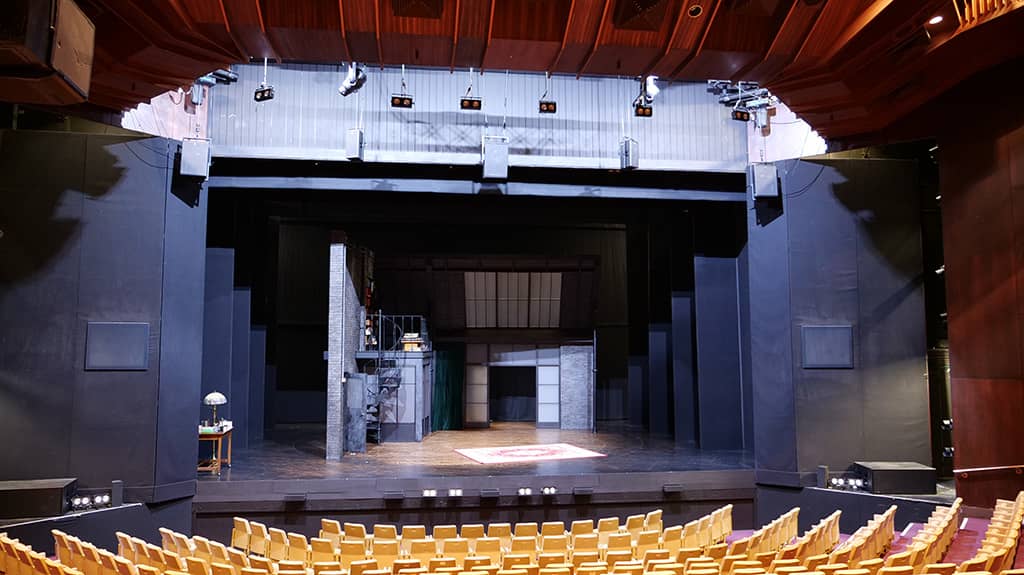
THE WHOLE POINT
The new audio design was masterminded by Nick Walker, along with other senior members of the venue’s technical staff, including Nick Carroll and Sam Moxham.
Predetermined by the load capacity and position of the original hang points of the old system, a point source upgrade was the only option. Fortunately… “Point source is perfect for the room,” confirms Nick Walker. “The new audio design is a generational upgrade from the old point source system that was based on CQ, UPM and UPA systems. The current generation of Meyer Sound point source loudspeakers, in my view, are the best on the market.”

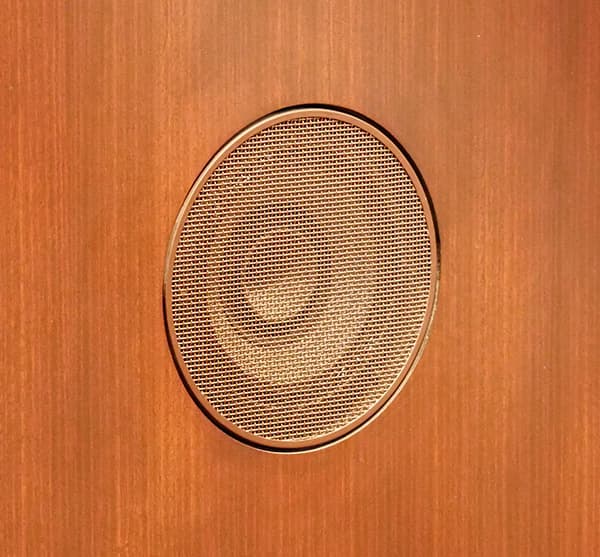
THE DESIGN
The installed loudspeaker system is optimised for theatre, spoken word and some musical theatre. Most of the 880-seat theatre is covered by the left and right UPQ-D1 point source loudspeakers. A centre cluster is reserved for speech.
“The old design did have a centre cluster based on a Meyer CQ1 along with a UPJ1P for some downfill and some UPJs as outfill,” explains Nick Walker. “All up, it was quite a chunky centre cluster and we had issues with lighting shots. So I was aware that I wanted any new centre cluster to be lower profile. I consulted with the lighting department to ensure we didn’t have to sacrifice sound at the expense of a shot.”
The new centre cluster design keeps its size down by employing the latest Meyer Sound model (UPQ-D3 and UPJ-1P) using smaller, more powerful, and fewer enclosures with wider dispersion.
The low frequency output for most of the space is handled by a pair of hefty Meyer Sound 1100LFCs, positioned on the floor either side of the stage. A single 900LFC in the ceiling covers patrons in the circle.
Meyer Sound UP-4slim loudspeakers (“a fantastic little box”) cover the under-balcony areas while UPM1Ps act as delays for the stalls. Meyer Sound X20 full-range cabs take care of additional fill duties. (See the full table of outputs and speaker models elsewhere in this post.)
“”
The current generation of Meyer Sound point source loudspeakers, in my view, are the best on the market.

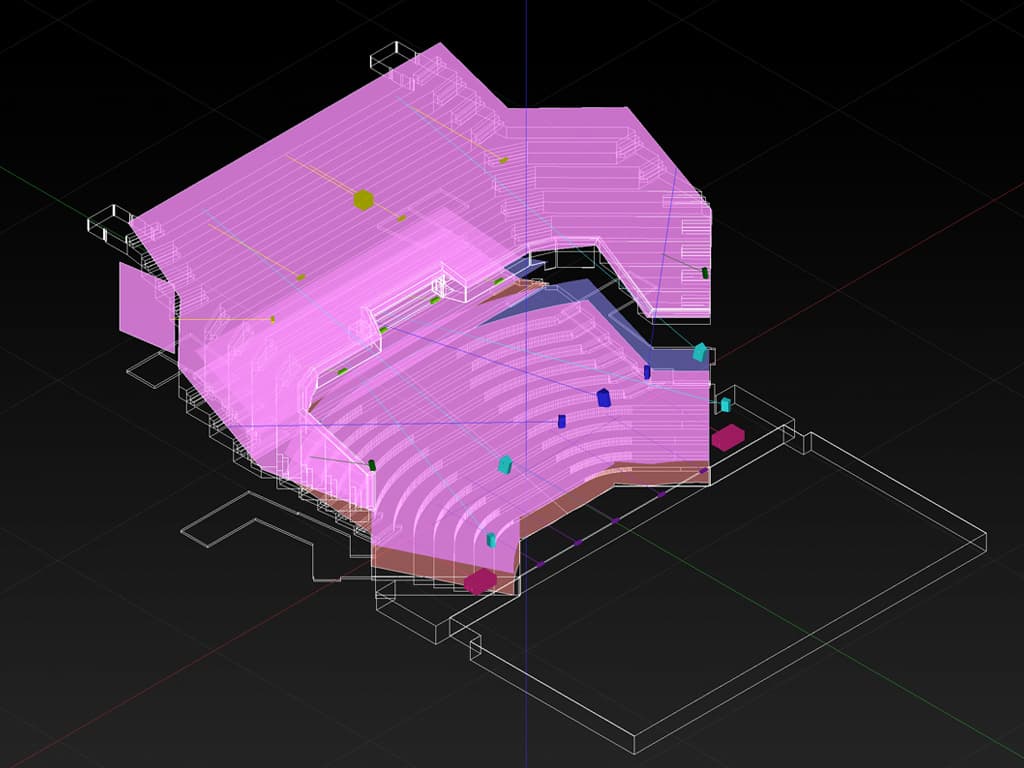
Nick Walker used Meyer Sound’s MAPP 3D software to design the system. “Definitely worth a shout out because it made everything a lot easier with the installation and knowing exactly what we were putting where.”
ON POINT?
Point source loudspeakers are a good option for theatre. Not to say that a properly deployed line source system won’t provide amazing results but point source was definitely the best solutions for the Playhouse theatre. Even if further hang points could be arranged, it’s hard to beat the near invisibility of the Meyer Sound point source solution.
“Phase is the other gotcha with line source,” comments Nick Walker. “You can quite easily lose the perception of natural acoustics with phasing between boxes and drivers. It’s a dead givewaway. As soon as you move your head you can hear phase interactions. The great thing about Meyer point source boxes is that, in my personal opinion, it’s one of the market leaders in controlling phase within their boxes and their systems, and this new system is just a cut above the rest in that aspect.”
Meyer’s extensive range of point source loudspeakers allowed Nick Walker to mix and match systems to ensure the best, most uniform coverage in the space.
“We took great care to match the dispersion of the loudspeaker to the room. For example, we reused some of the older UPQ enclosures, which offer three different dispersion horn option. So there’s some flexibility there and with a bit of tuning and careful planning and mapping it out, we were able to achieve coverage just as good or better than a line source design.”

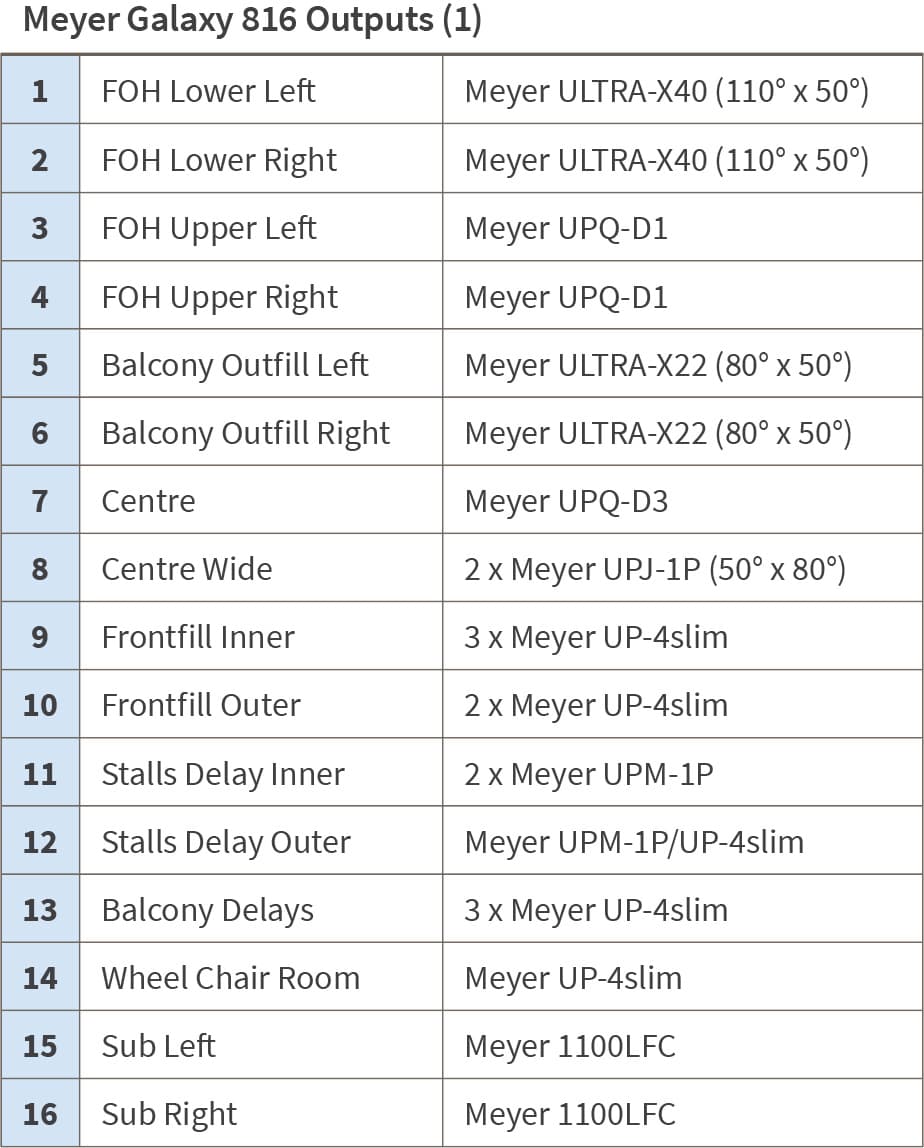
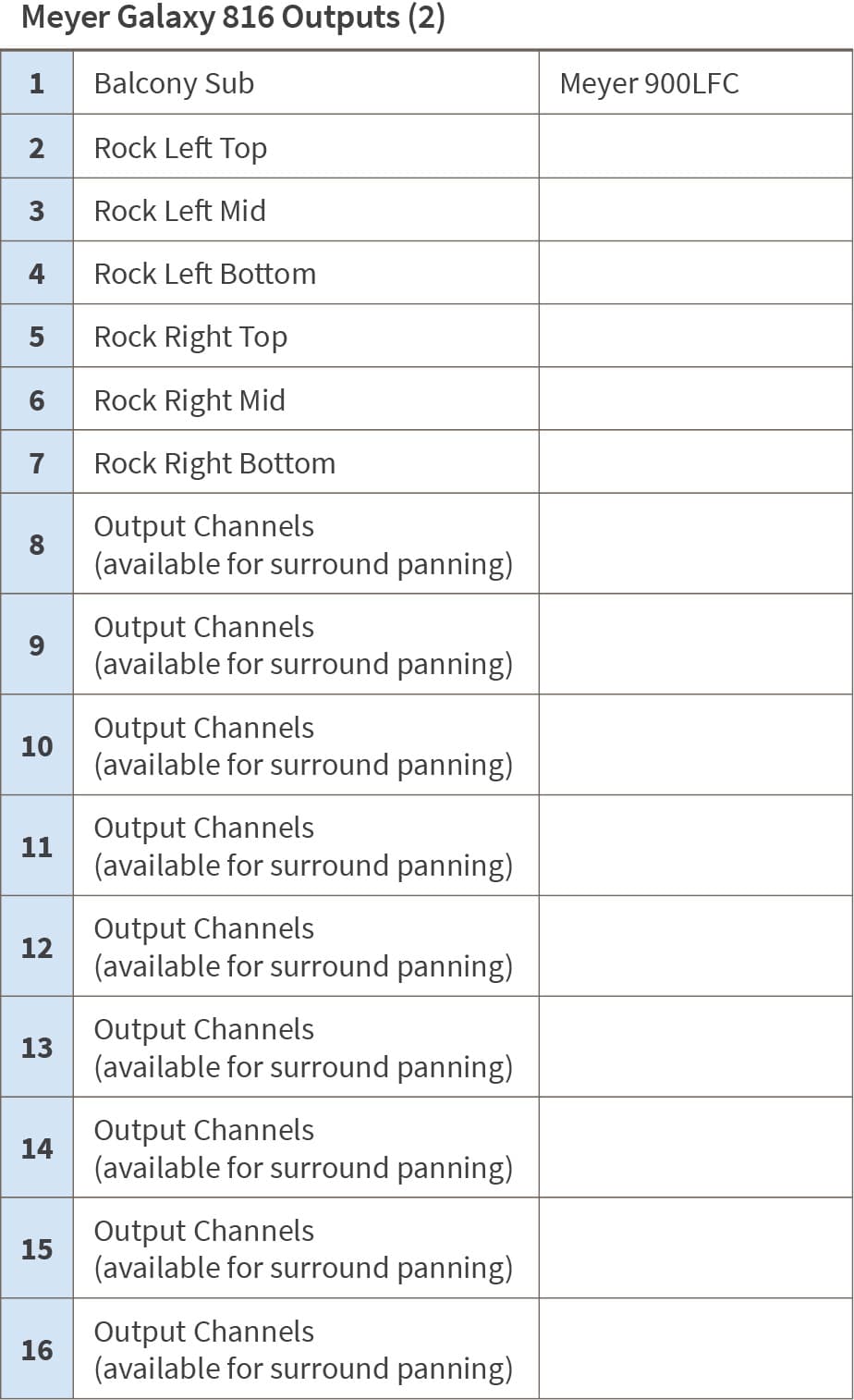
PROCESSING
The upgrade includes two Meyer Sound Galaxy 816s, which provides enough I/O and processing power to handle any and all eventualities, including the occasions when the theatre needs to bump in additional PA for high-output shows.
The Galaxy processors also provides the hardware for the Playhouse to run Spacemap Go, the spatial audio and mixing tool, releasing the latent possibilities of the old-school surround speakers.
“Previously, utilising those Altec speakers was a chore and involved a lot of programming in Q-Lab, or the like. Now, with Spacemap Go it’s simply a case of allocating the speakers and drawing a line on the screen — the sound does what you tell it to do and you can sweep sound through the room. It’s fun to play with and a sound designer’s dream.”
Meyer Sound: www.meyersound.com.au




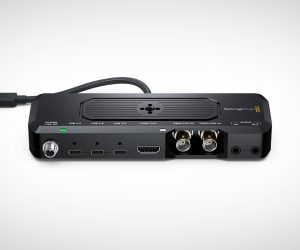










RESPONSES